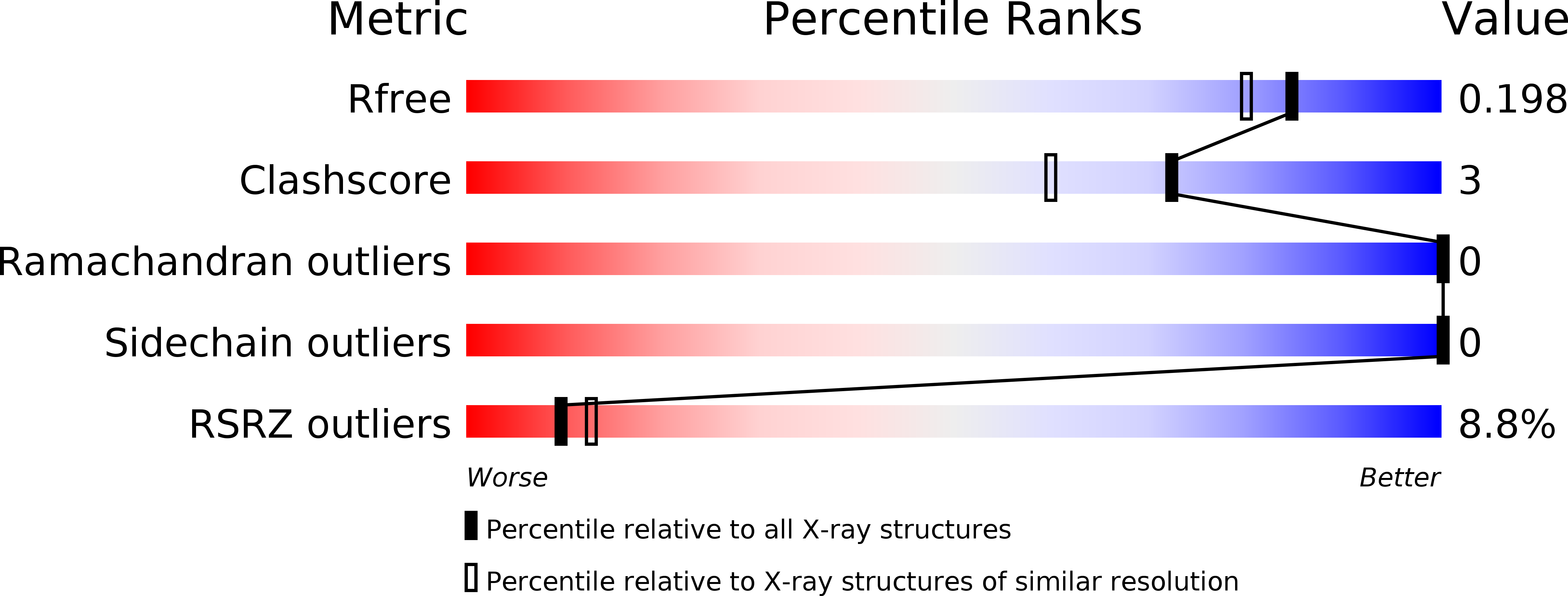
Deposition Date
2019-01-04
Release Date
2019-07-10
Last Version Date
2024-03-13
Entry Detail
PDB ID:
6NJY
Keywords:
Title:
Type IV CRISPR associated RNA endonuclease Cas6 - apo form
Biological Source:
Source Organism:
Host Organism:
Method Details:
Experimental Method:
Resolution:
1.76 Å
R-Value Free:
0.19
R-Value Work:
0.16
R-Value Observed:
0.16
Space Group:
P 61


